This is Rachel. If you haven’t already made her acquaintance, she’s something of a hen starlet on my Facebook page where she is featured daily in all her fluffy cuteness. Rachel is a bantam frizzled Cochin. Cochin is her breed, bantam describes her miniature size and frizzle describes her unusual feathers. Genetics cause frizzled feathers to grow out and curl away from the body instead of growing flat and smooth following the body contour. Frizzle is not a breed, it is a genetically programmed feather type.
Cochin is her breed, bantam describes her miniature size and frizzle describes her unusual feathers.FACTS ABOUT FRIZZLED CHICKENS:
- Frizzles are most commonly found in the following breeds: Polish, Cochin, Plymouth Rock, Japanese and Silkies (Silkie frizzles are referred to as Sizzles)
- Frizzled feathers curl out and away from the skin instead of laying flat against it.
- Frizzles cannot fly and may find it difficult to roost if the roosts are positioned too high above the floor.
Frizzled feathers provide less protection from the cold than smooth feathers as it is difficult to trap warm air against their bodies with backwards-facing feathers. Frizzled genes are dominant. A smooth-feathered bird bred to a frizzled bird will result in 25% of the chicks possessing frizzled feathers.
Bantam Cochin Frizzles Monica, Rachel & Phoebe at 6 weeks old.Breeding a frizzled bird to another frizzled bird is undesirable due to the chance that the mating may produce “curlies,” an over-frizzled bird with feathers that are weak, brittle and break easily. (think: chicken with a really bad perm)
White bantam Cochin chicks Female with frizzled feathers on left. Male on right.



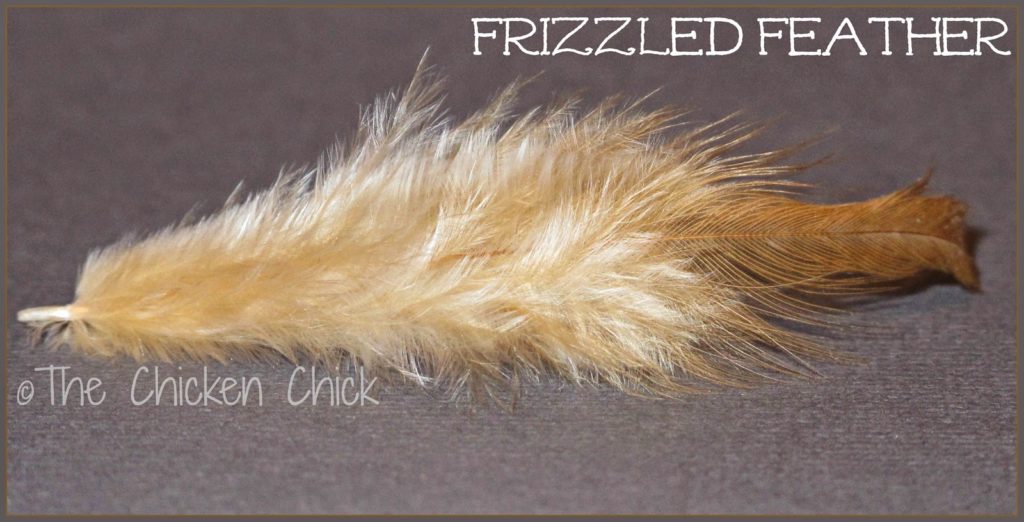
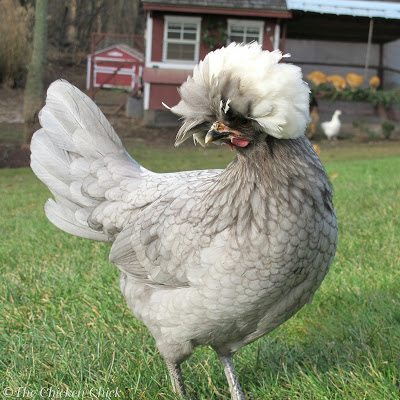
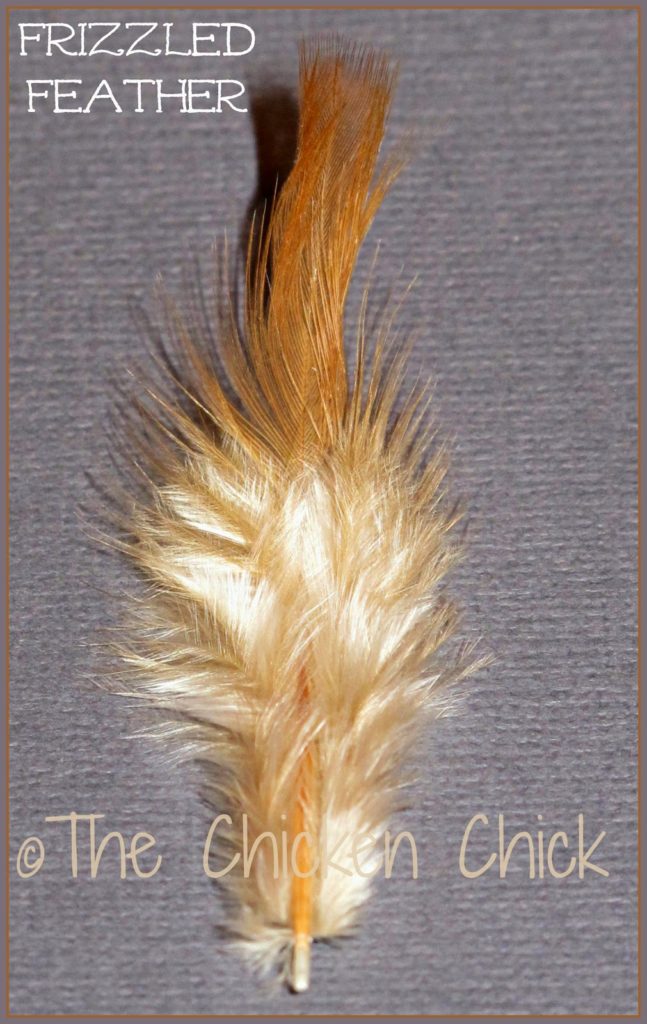
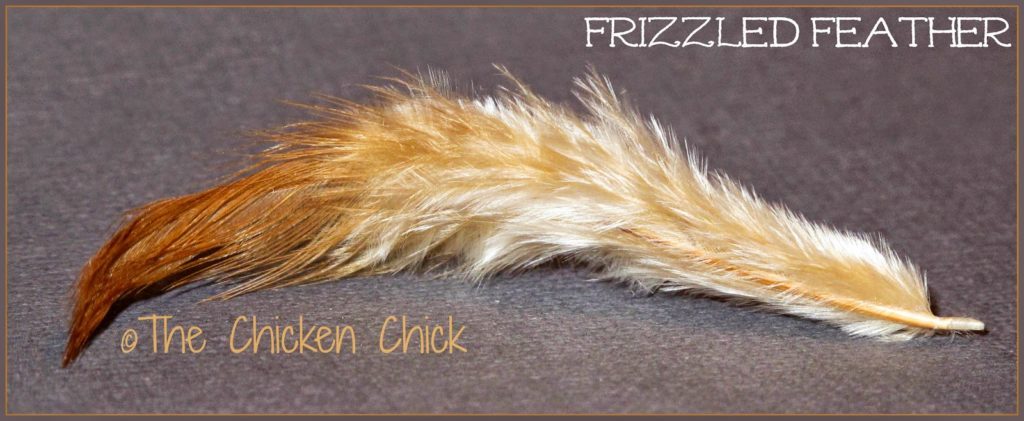
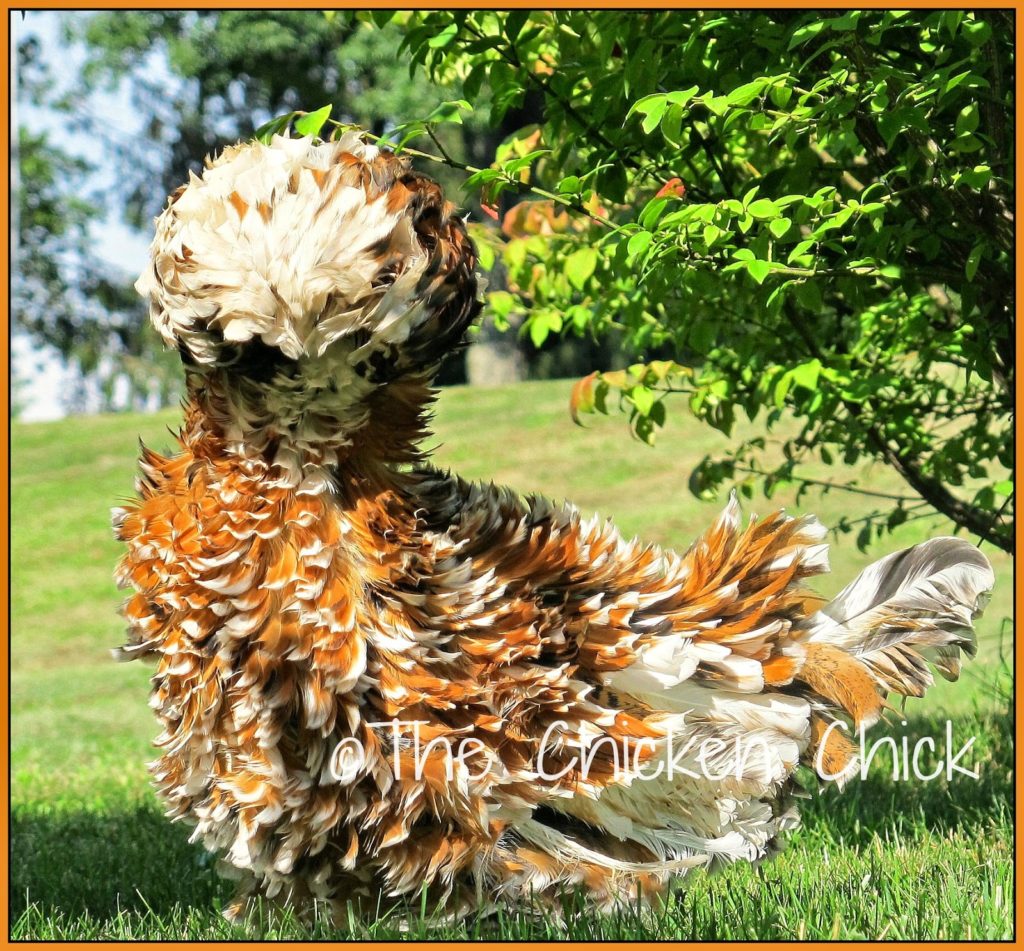
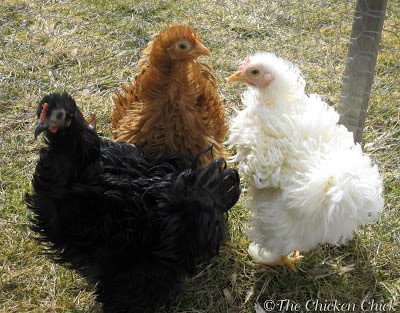
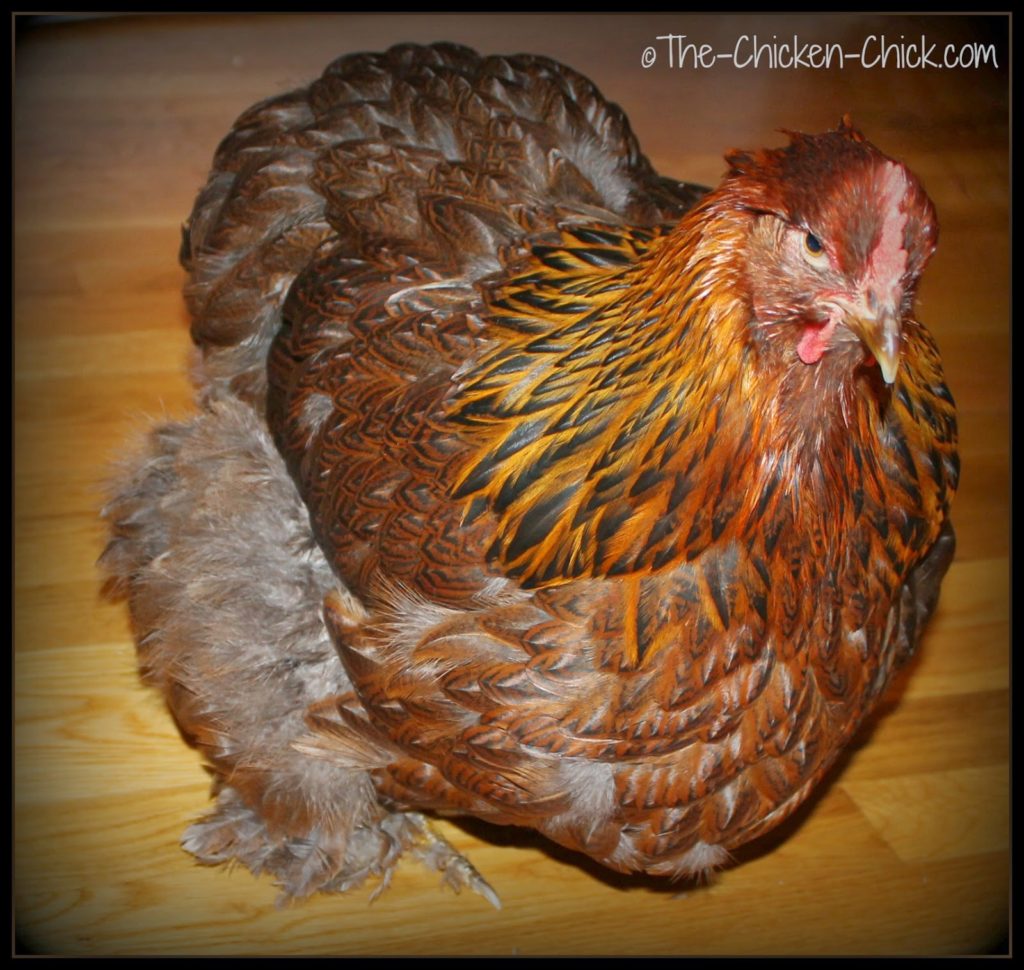
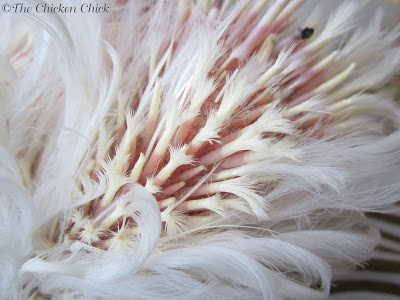
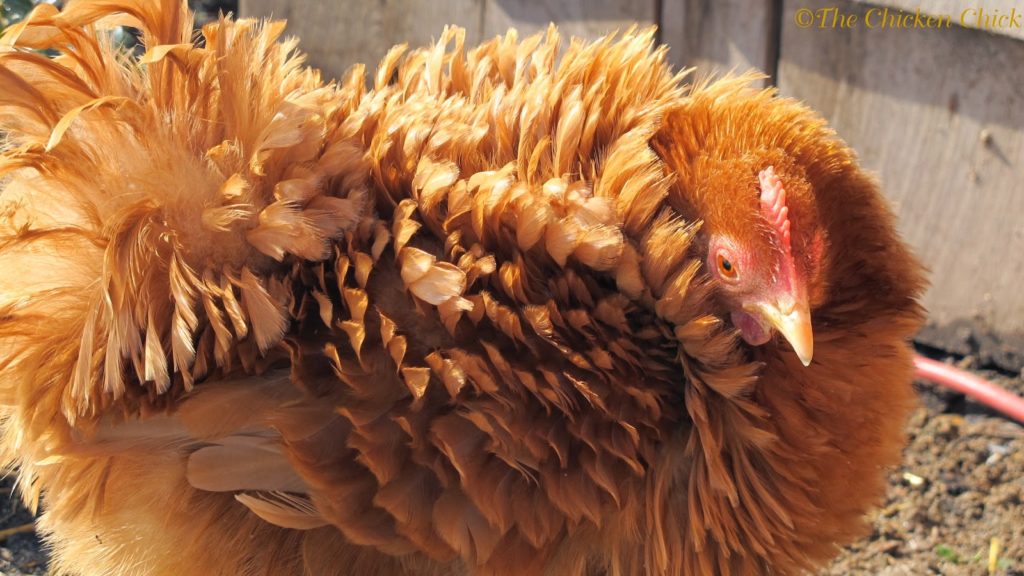



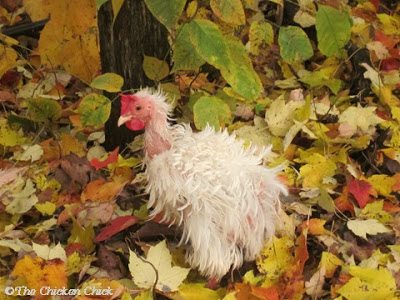
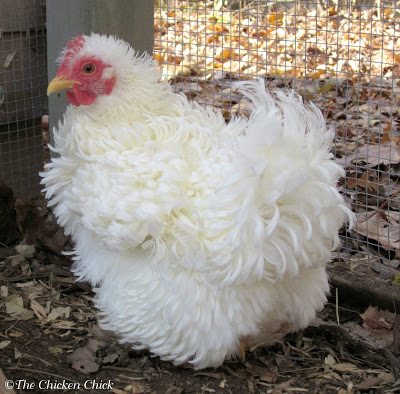
























Phoebe is adorable! I get to love on Buff orps
I was always intrigued by the frizzles, I love Ally , she is gorgeous!
I am just finishing up my coop. I love your blog. It has influenced me in picking the breeds of chickens I'm getting and many aspects of the new coop and care I will give my girls!! I would absolutely love to win but if not I. Feel Ike I've already been given such a gift from all the knowledge you've shared. Thank you!!
Love the info! We have a frizzle boy. He's SO cute!
I was thinking maybe a frizzle (or 3) added in the next few years might be fun, but with the cold issues I'm not so sure. Especially after this winter. Something to consider as my flock is established and and grows. (We're starting with 4 Easter Eggers, 3 Black Australorps, 3 Buff Orpingtons, and a Likght Brahma rooster. :) ) Either of these prizes would be awesome! Thank you for your info and giveaways!